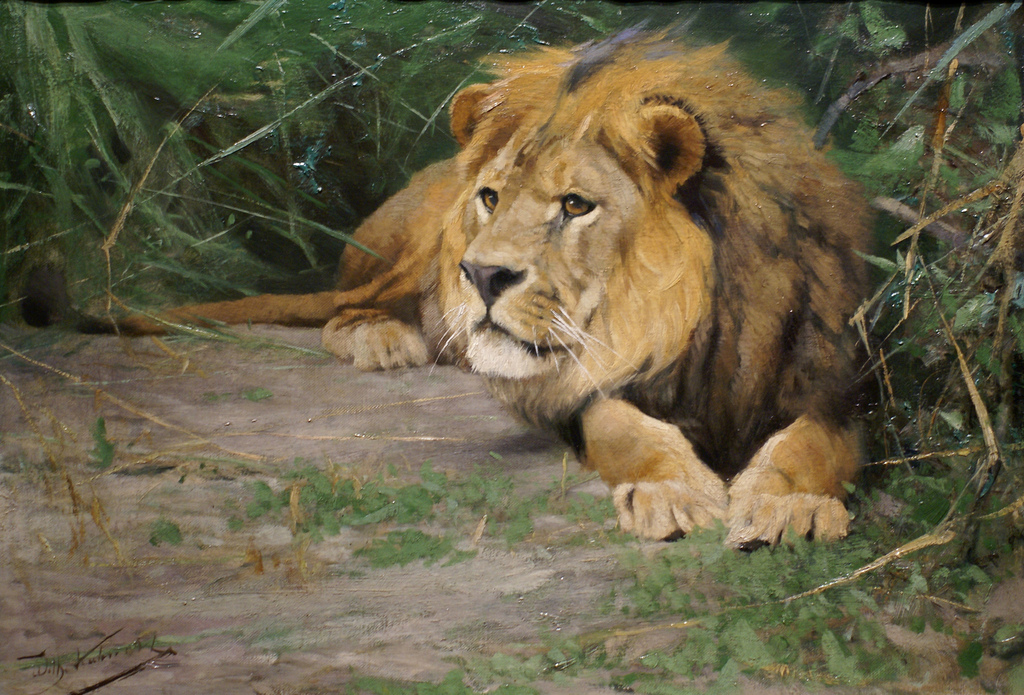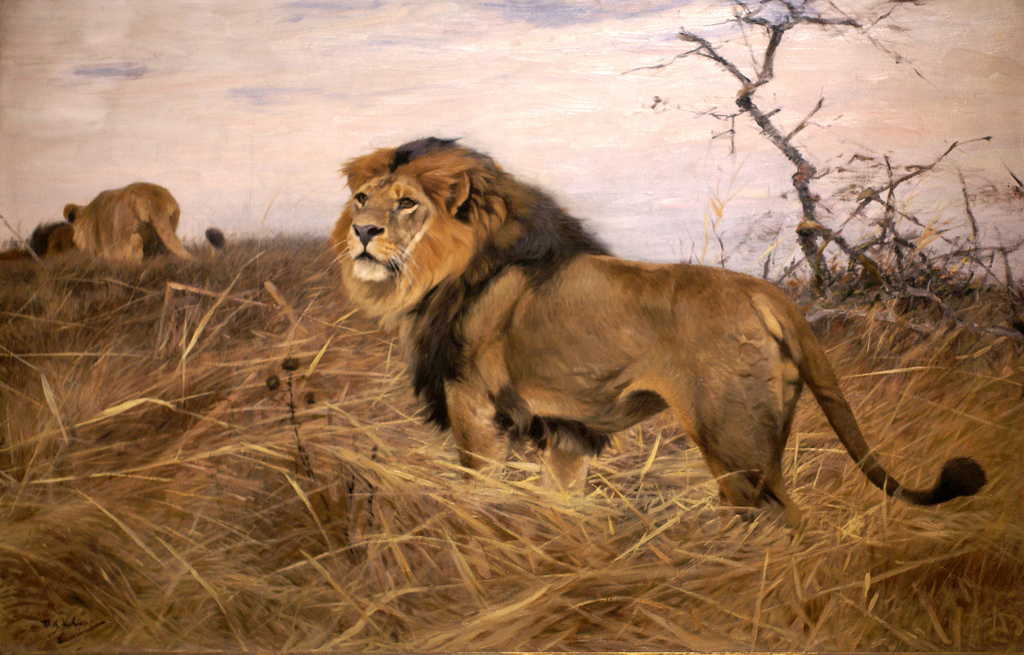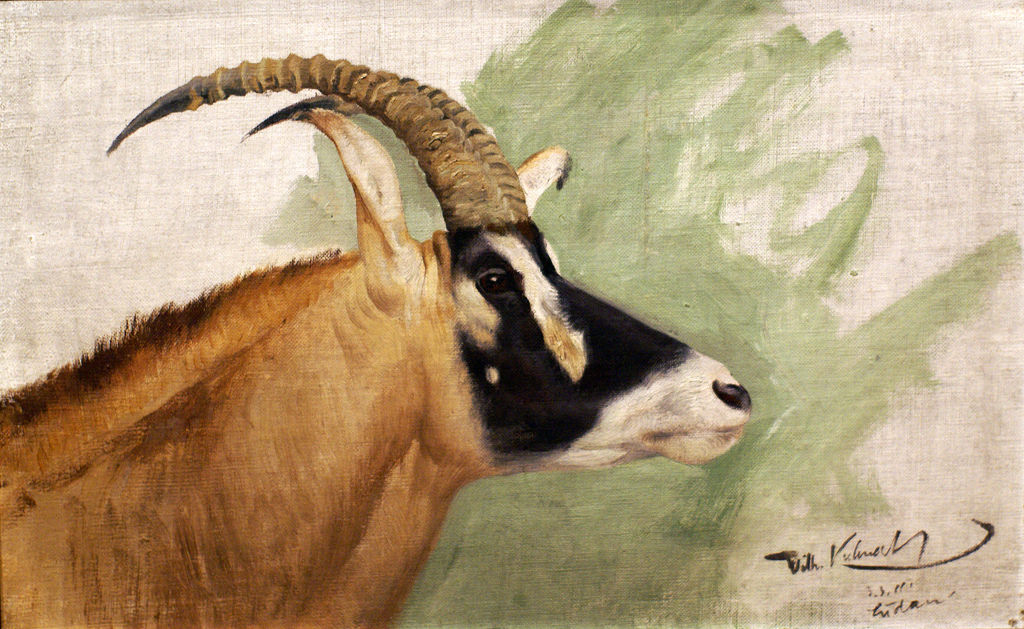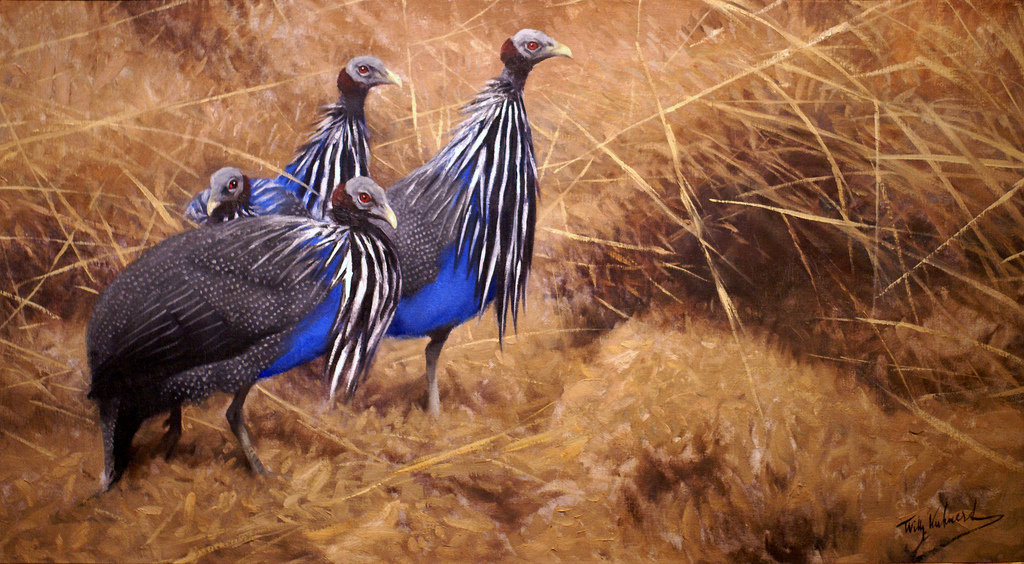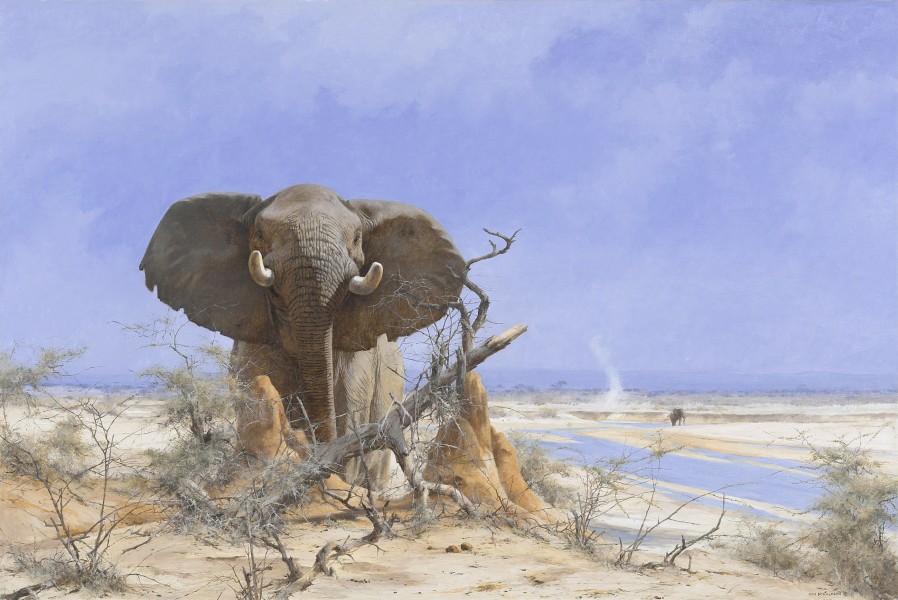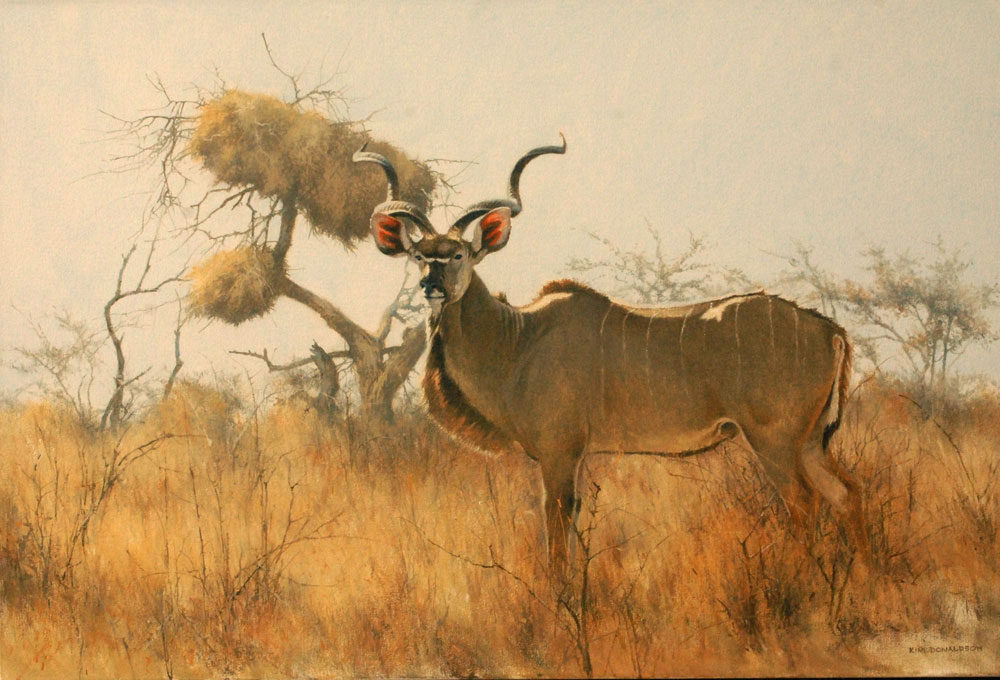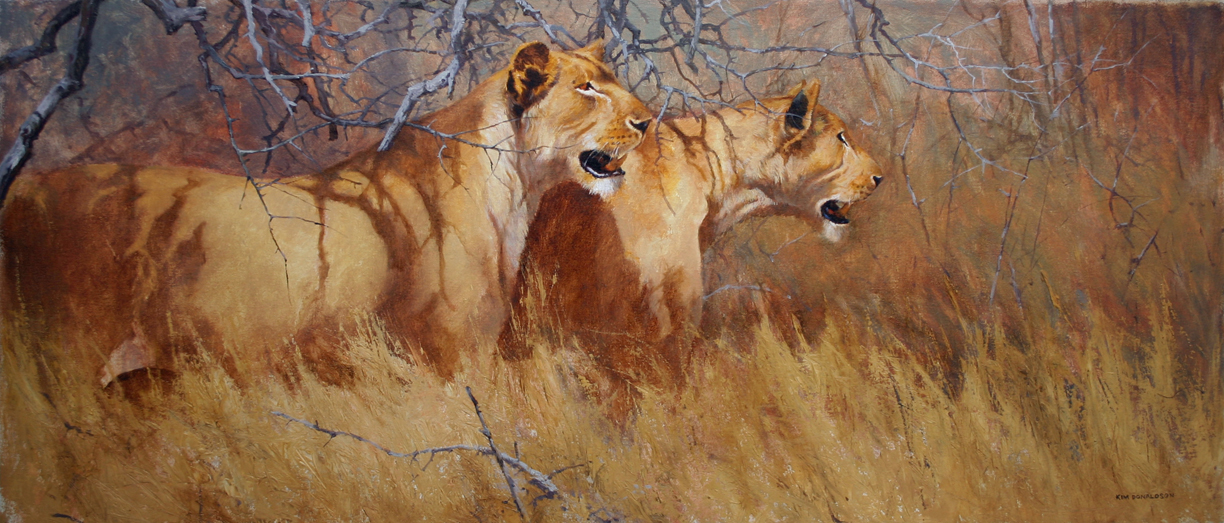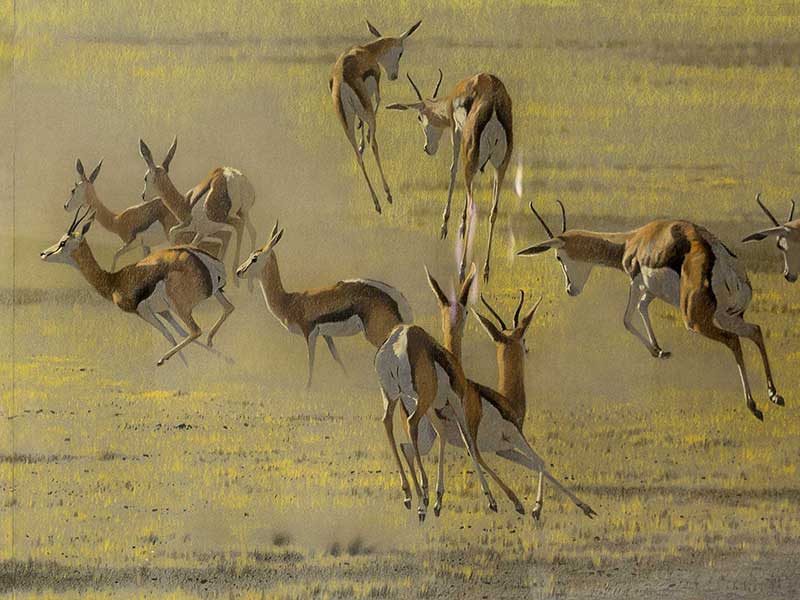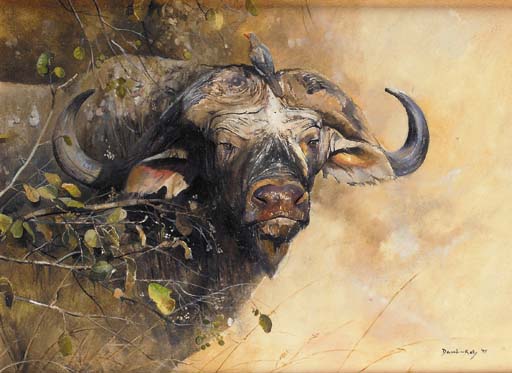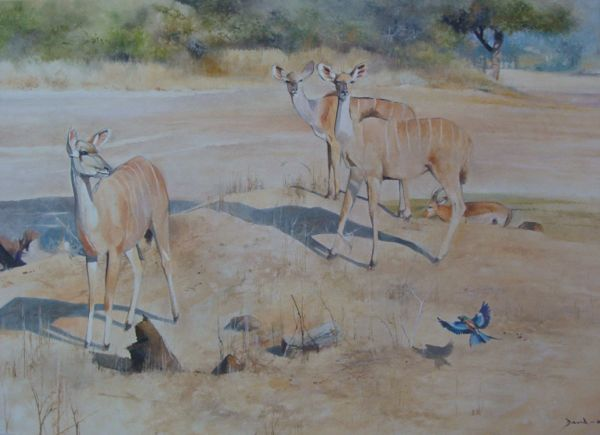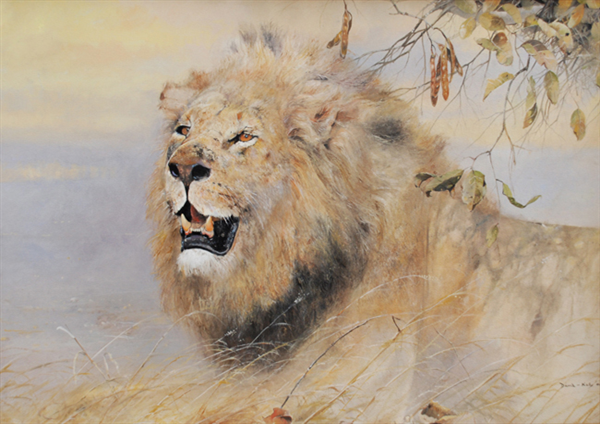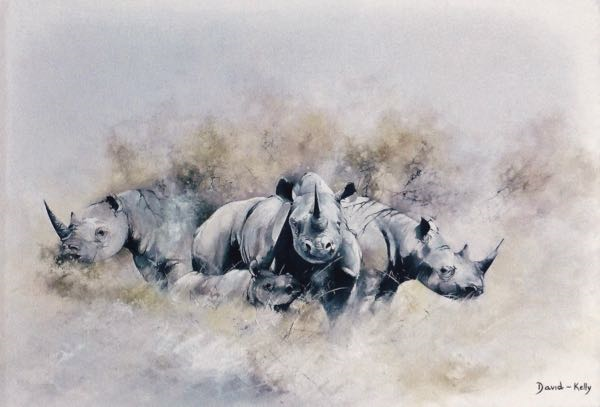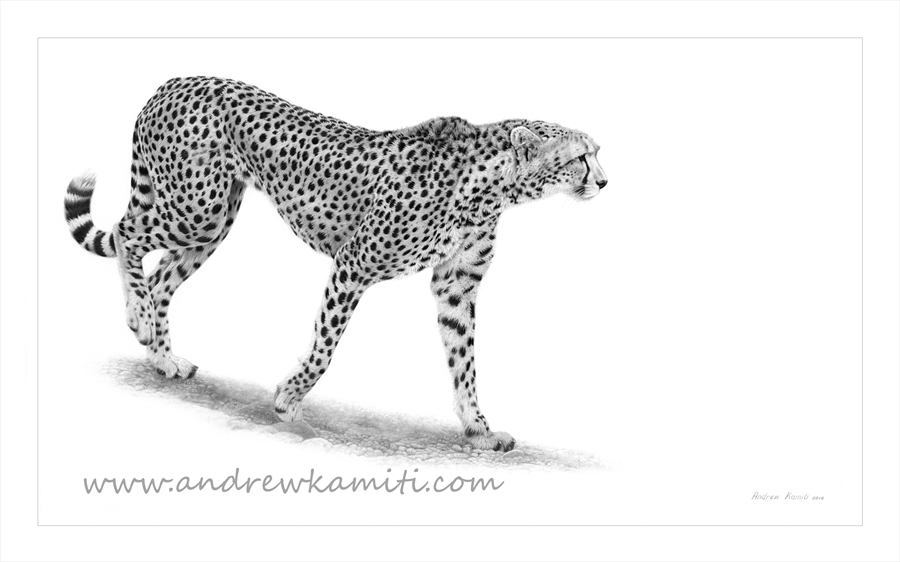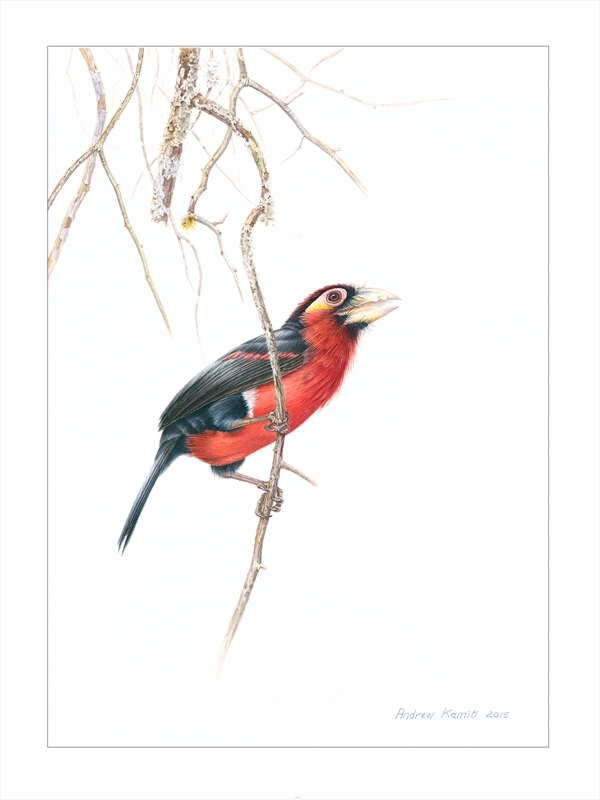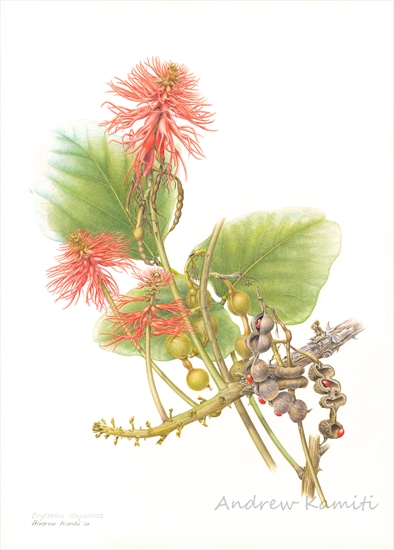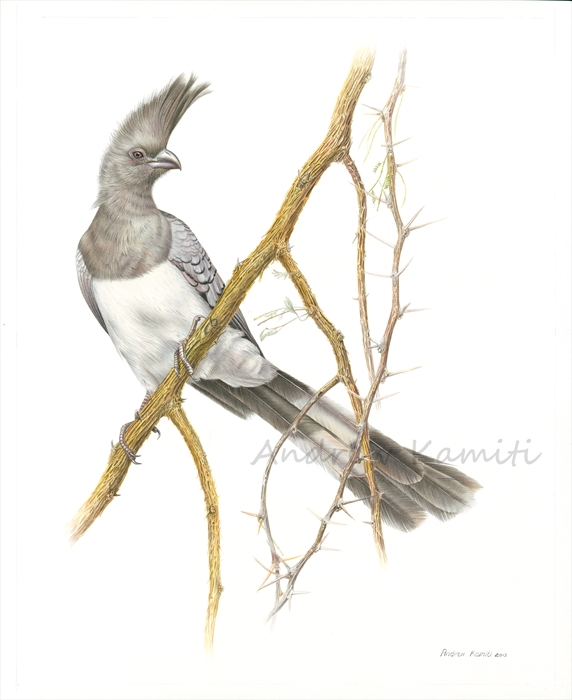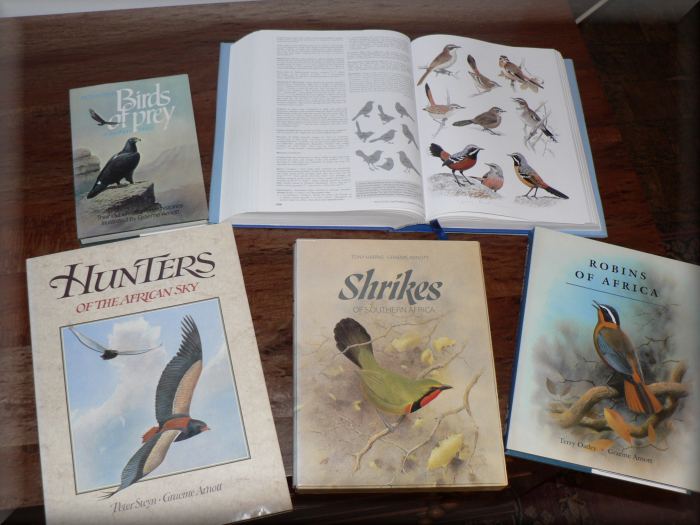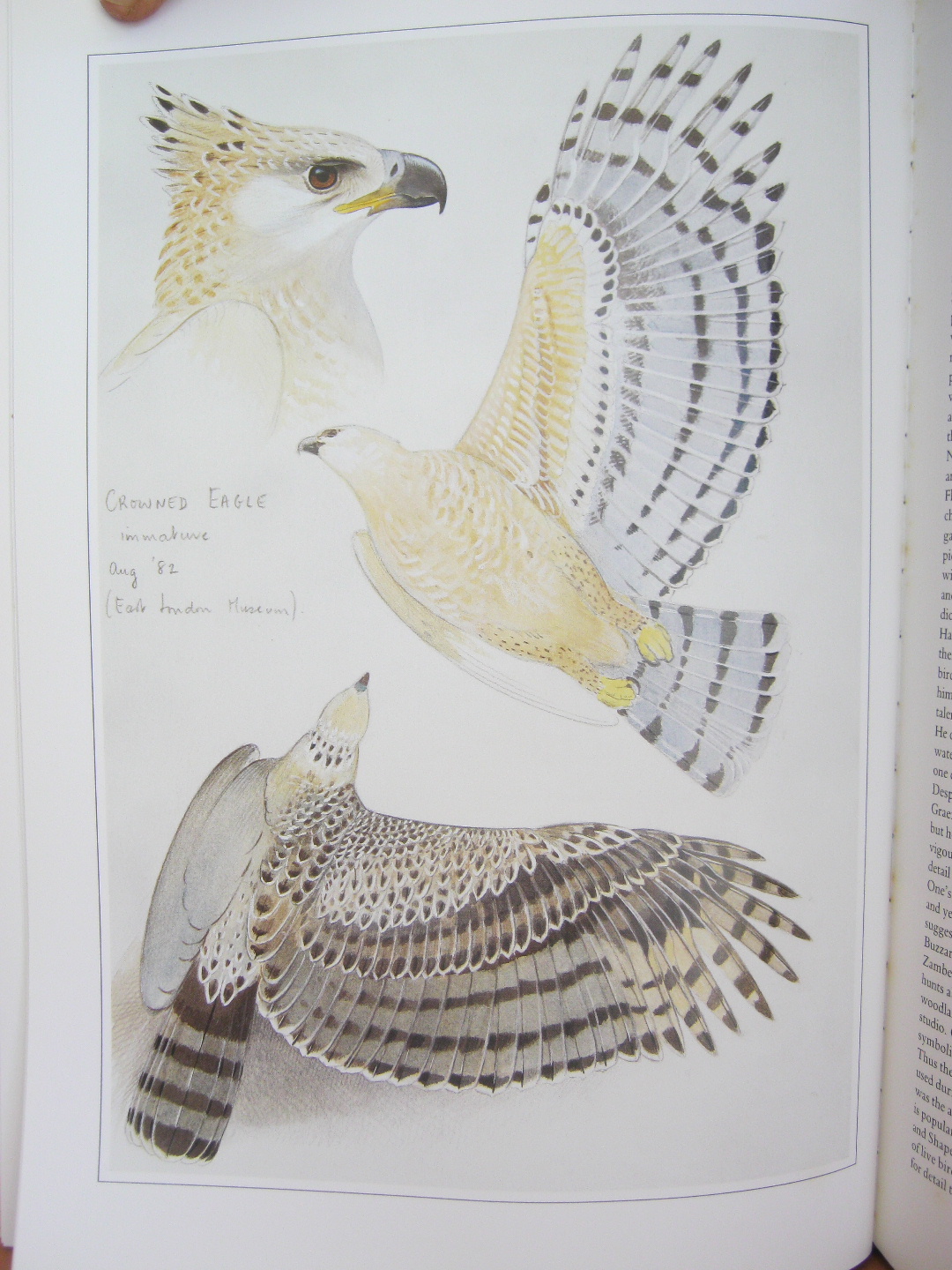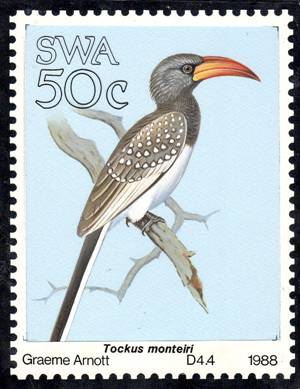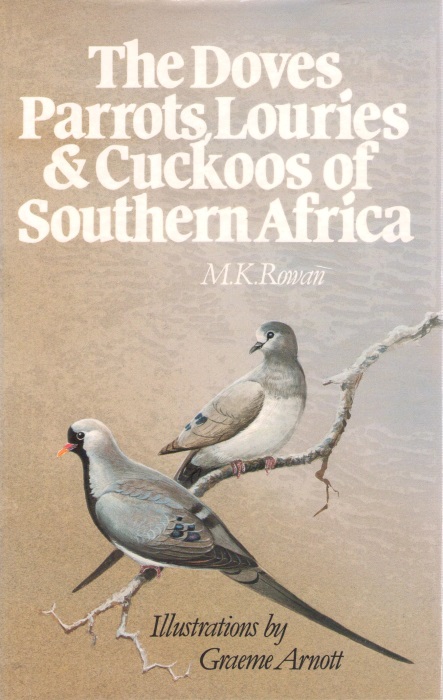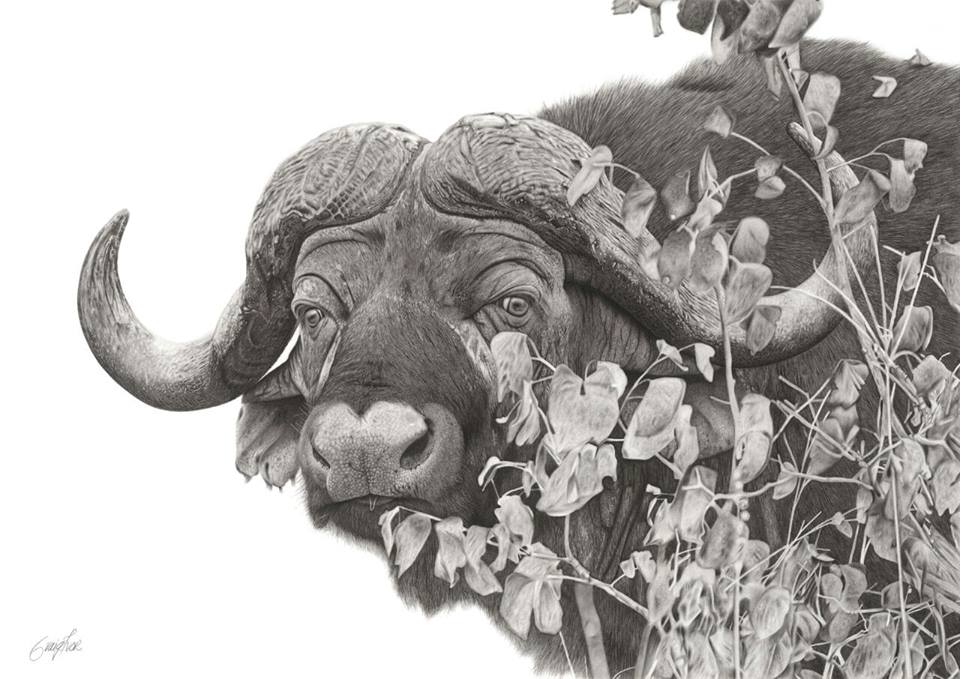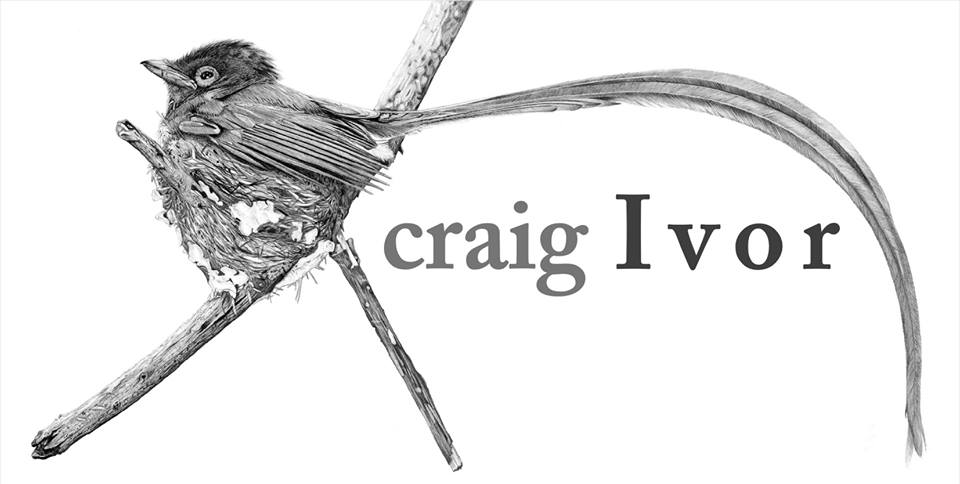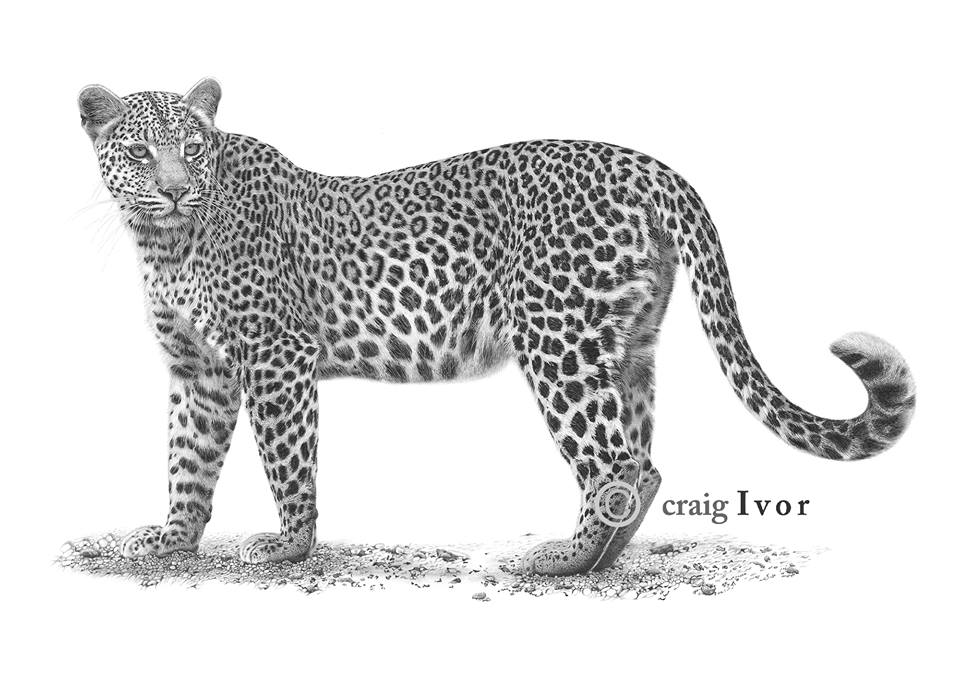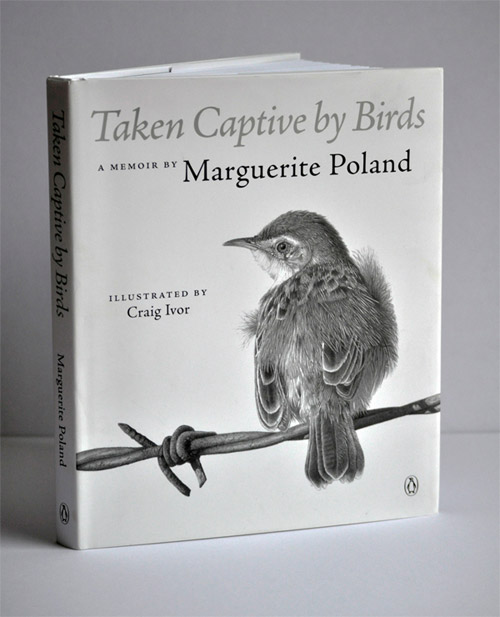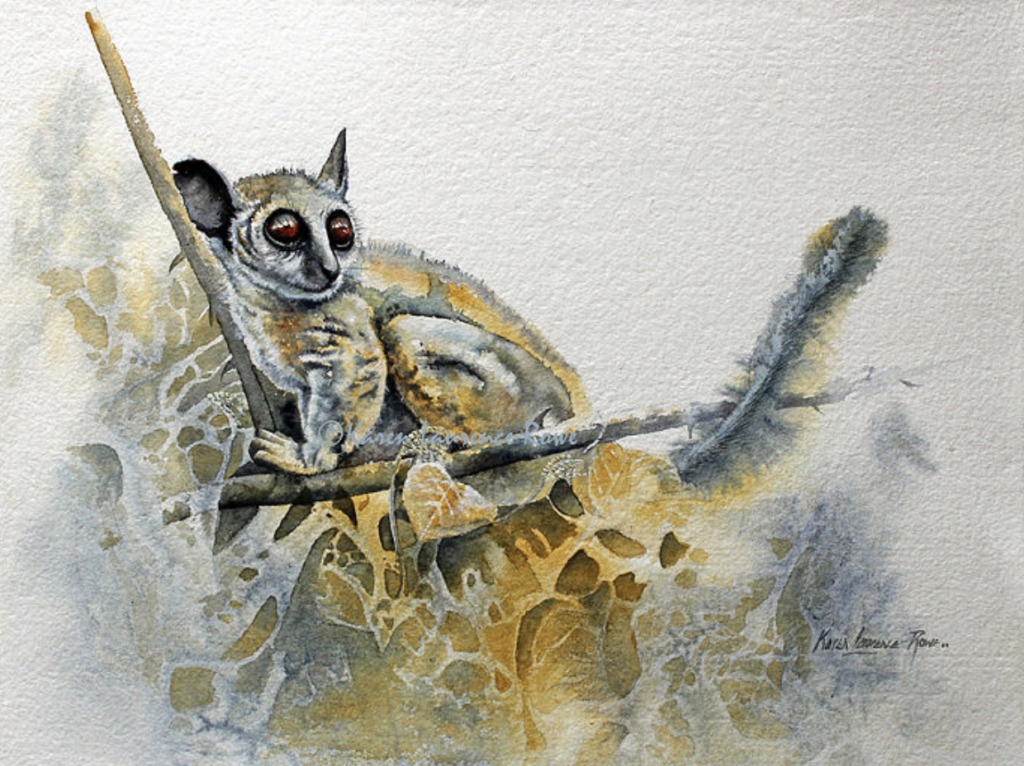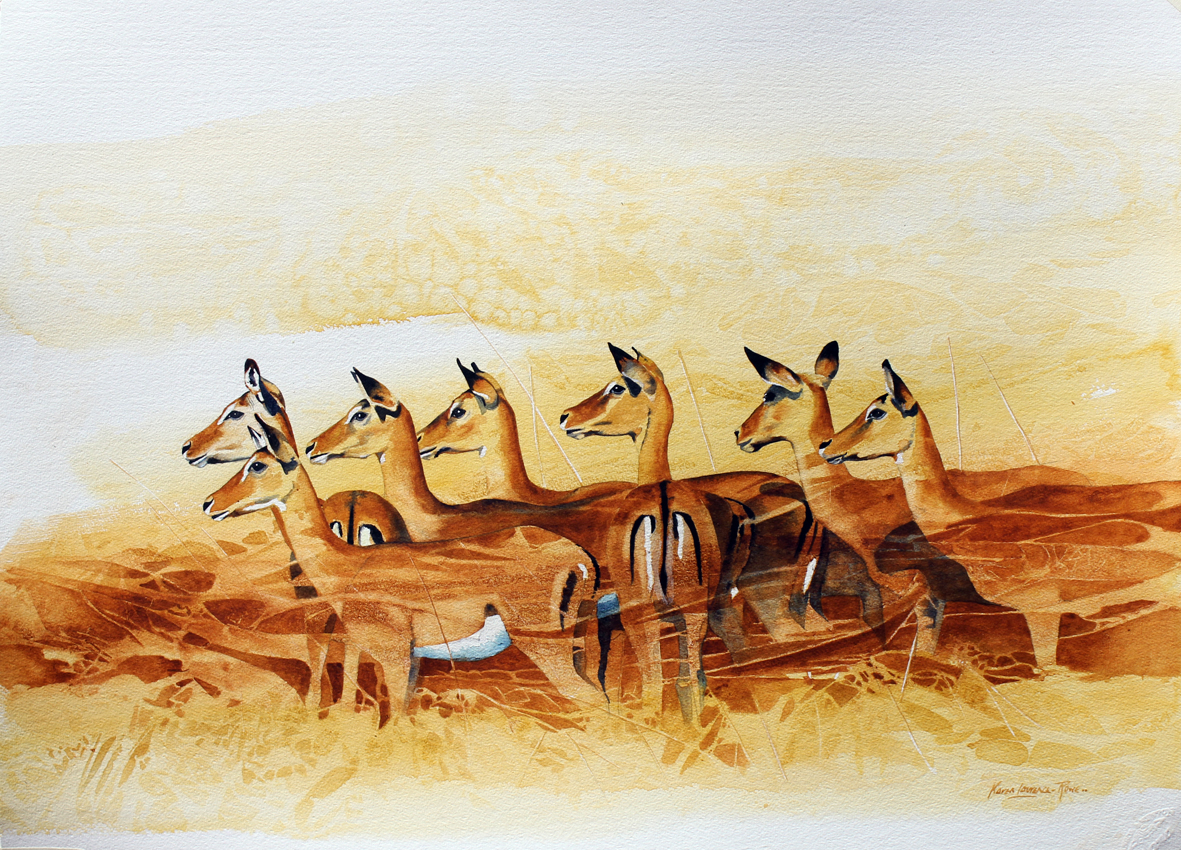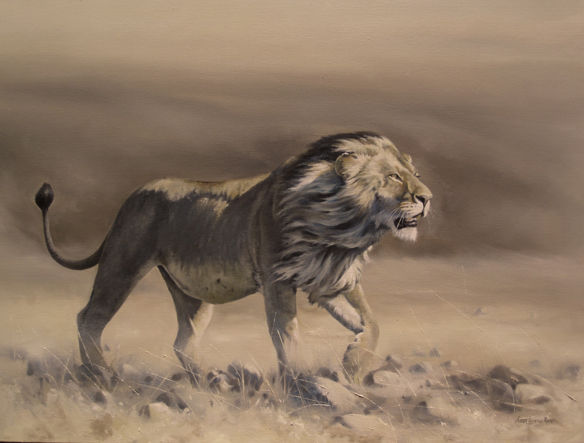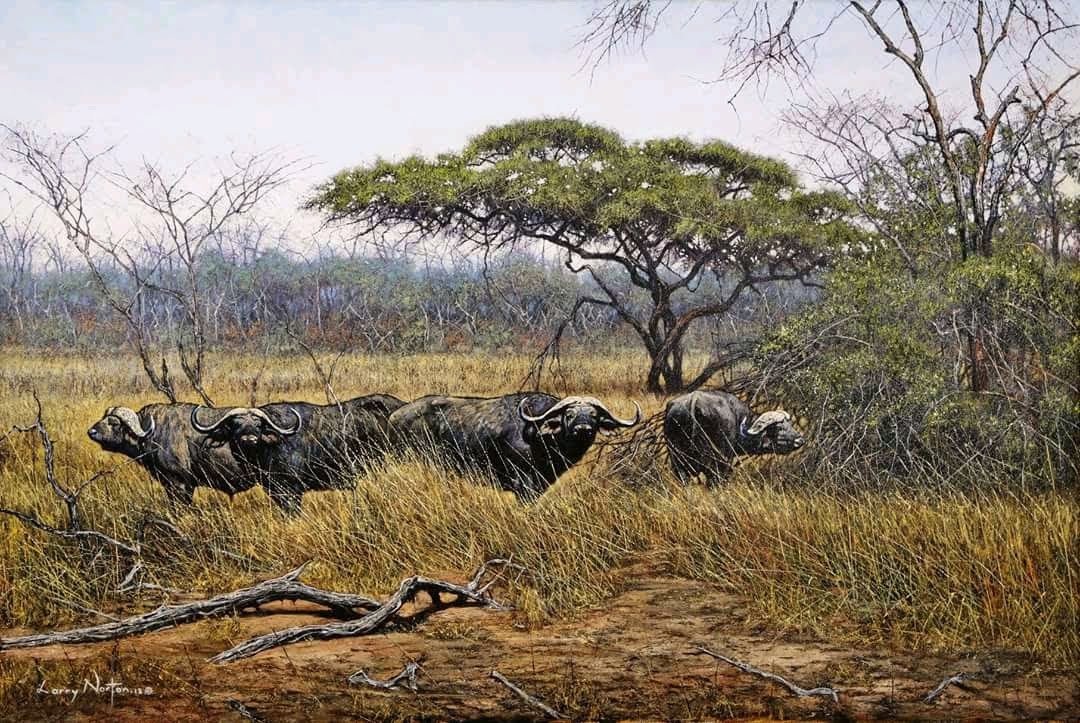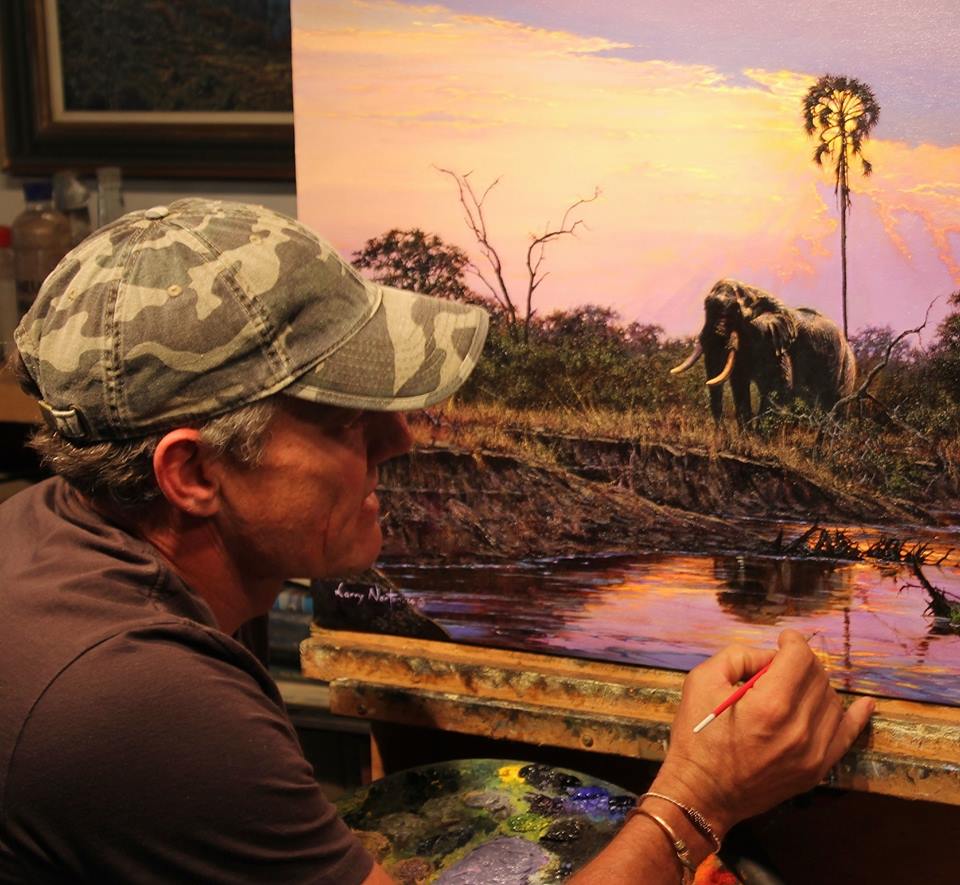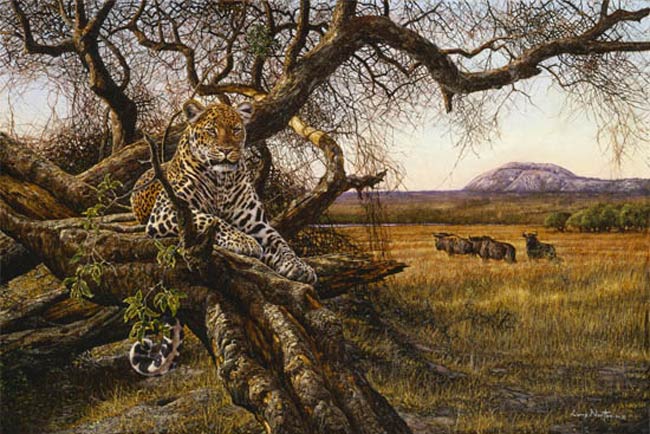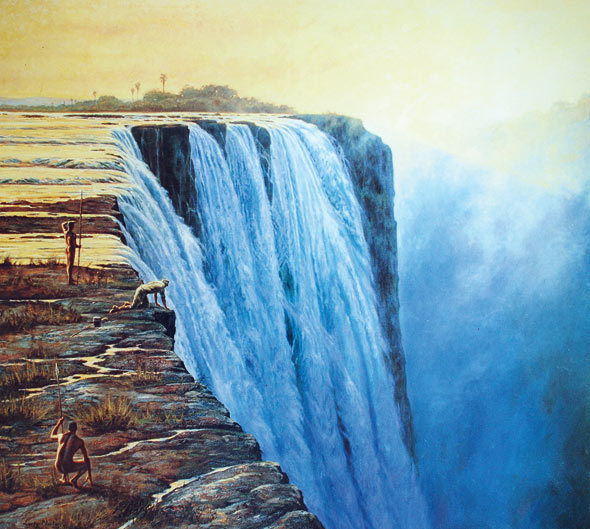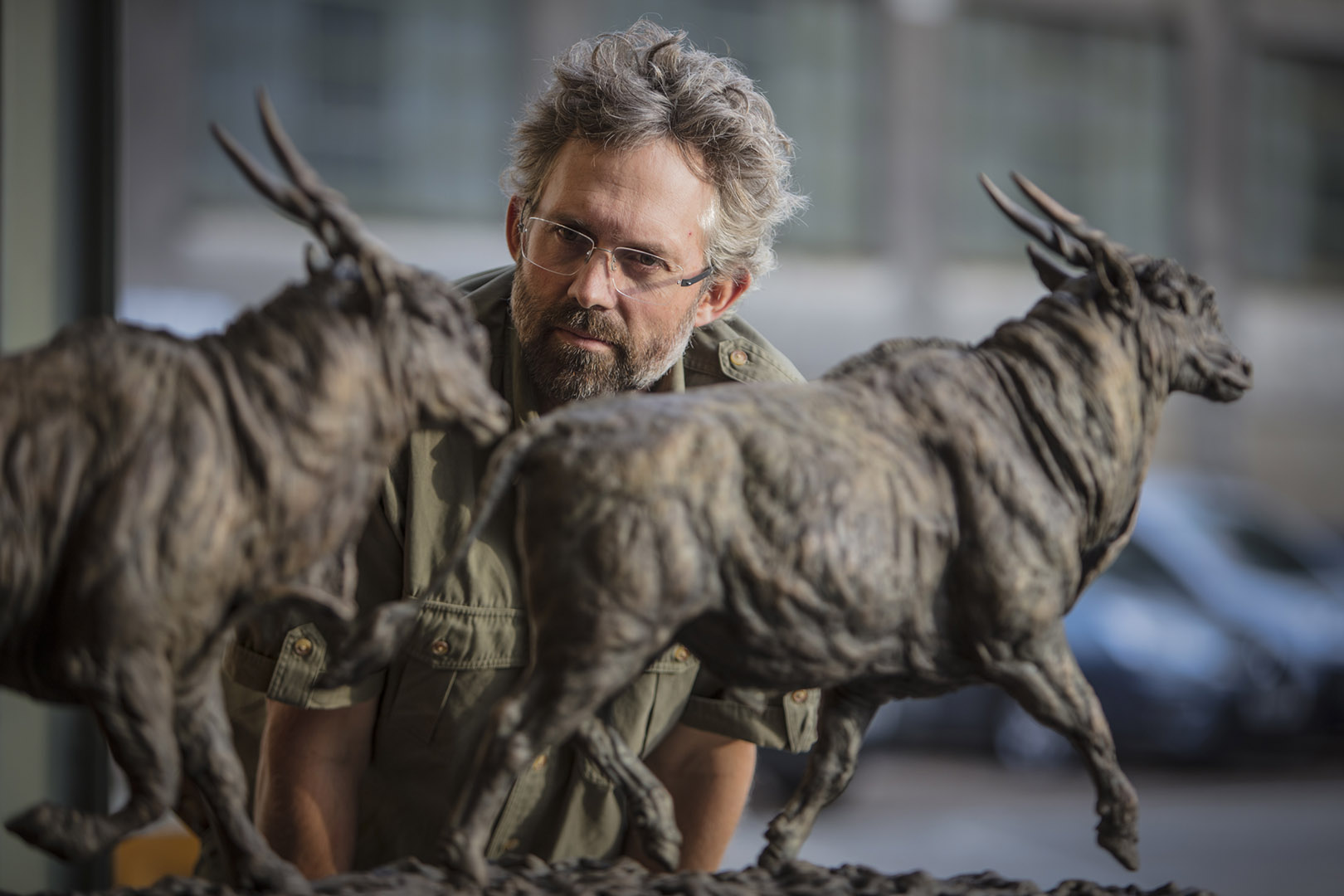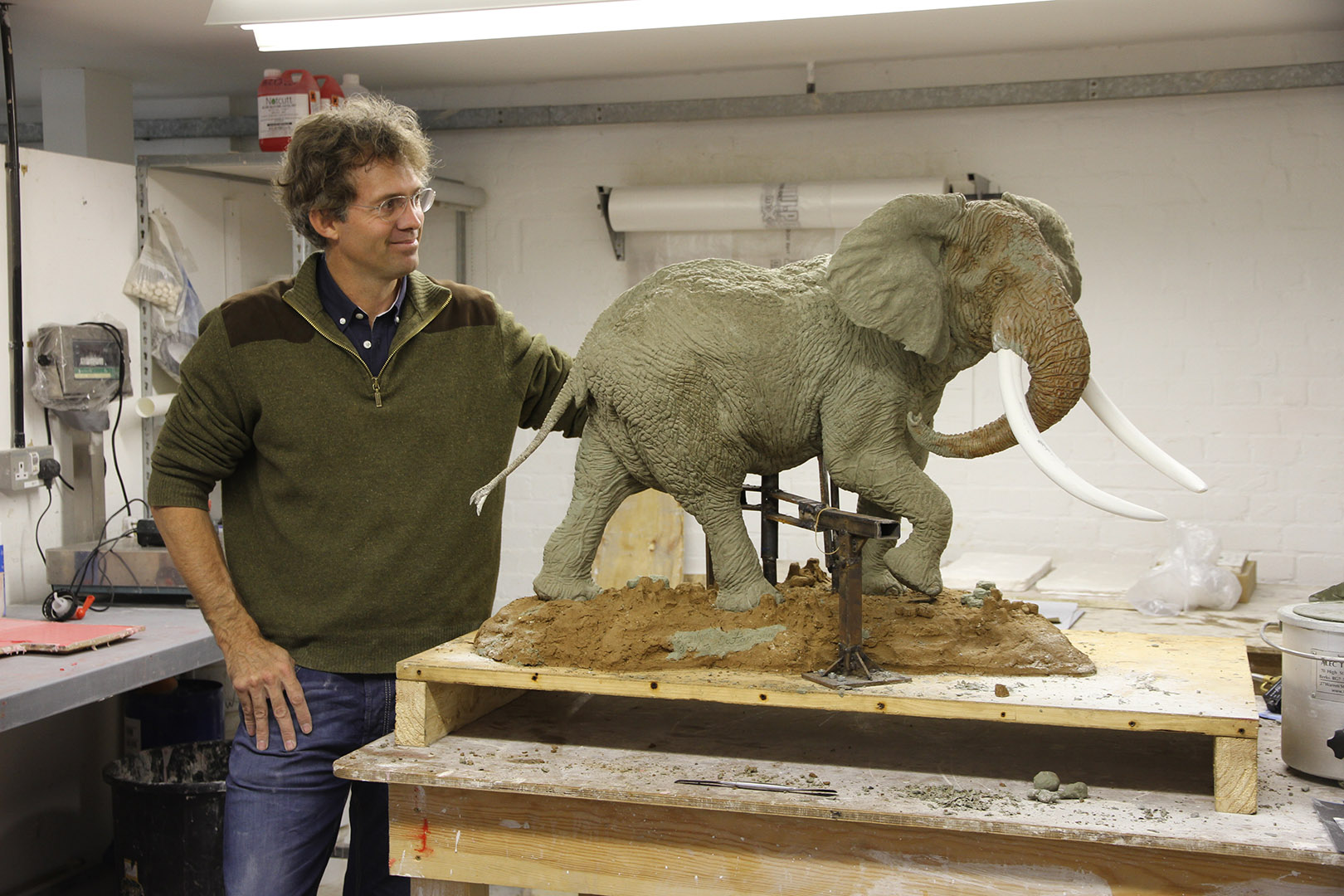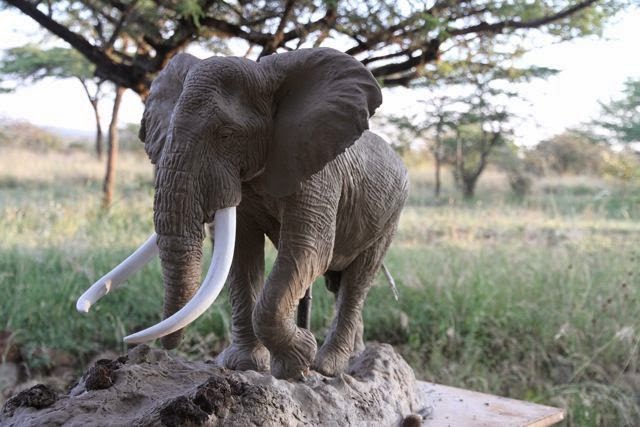A selection of artists
Highlighting just a few (of the many) notable artists..
"I learned that being an artist is more than creating good art; it involves sharing a vision and exploring ideas. Art can move, reveal and inspire people to seek a deeper understanding of the world around them. Art has the ability to paint a face on a region, a species and a cause."- John Banovich
Wilhelm Kuhnert
Like no other artist of his time Wilhelm Kuhnert has moulded our image of Africa. In his seductively realistic drawings, watercolours and paintings he recorded with almost scientific accuracy the characteristics of the animals and their habitat.
Friedrich Wilhelm Kuhnert (September 18, 1865 – February 11, 1926) was a German painter, author and illustrator. From his home in Berlin, he embarked on travels to Scandinavia, Egypt, East Africa and India to make landscape and animal studies. His favorite motif was the African lion. Wilhelm Kuhnert was a pioneer. He was one of the first European artists to travel to the largely unexplored savannahs and jungles of the German colonies in North and East Africa. Under hazardous conditi ons he documented at close quarters the fascinating animal and plant world and then created in his Berlin studio monumental paintings which were much sought - after on the art market. In 1901 Kuhnert was the illustrator for zoologist Johann Wilhelm Haacke's book Animal Life on Earth.Contrary to the practice of his peers, Kuhnert distinguished himself by sketching tropical animals in the wild, not in zoos. He made pictures by sketching, etching, watercolor, and oil painting. Kuhnert is considered one of the most important German animal painters of his time. Kuhnert was a keen and skilled hunter himself; he returned to Africa year after year in the hunt for both game and subjects for his art.
Kim Donaldson
Kim Donaldson (born 1952 in Southern Rhodesia) is a Zimbabwean artist who specialises in painting the peoples and wildlife of Africa. Having spent his early life on a 150,000-acre (610 km2) ranch in what was Rhodesia, Donaldson was perfectly placed to develop and nurture his interest in the wildlife and people that surrounded him.
Donaldson's paintings document the political and environmental issues facing the continent and his painting style incorpporates several techniques including realism and impressionism. His work in pastel is the most recognised of his oeuvres; however, recent works in oil and mixed media have also seen great success amongst collectors worldwide. His use of a wide palette and texture gives a sense that the works were painted using the red soil of Africa. Donaldson has been featured in four books, participated in numerous one man shows and group exhibitions[1] throughout Europe and the Americas, and sold his works in several auction houses. Donaldson's passion for the wildlife of Africa led him to write a book "Africa, An Artist's Journal" detailing his travels and experiences that give him the reference for his beautiful paintings. Donaldson's book took him over 4½ years to complete. He designed, wrote and illustrated the book himself; it became a best-seller in five countries and was highly commended by Victoria & Albert Museum book award for design.David Kelly
Born in Mulanje, Malawi, David Kelly was educated in Zimbabwe, finishing his education in 1975. He went on to pursue a more conventional career first in Insurance and then as a sports teacher. After six years of realising that he was dissatisfied with his career choices, David decided to become a full-time artist. His father had been the main catalyst in keeping David’s interest in art alive, as a child, David’s father would buy him full artist’s box sets as birthday presents.
In 1985 David ventured to the UK to pursue a career in art. His first set of meeting with gallery owners in Dorset were encouraging and he soon started exhibiting his work in the Quay Gallery on the Poole Waterfront. In 2008 he won the MIWAS – Best Worldwide All Mediums and a year later the Wildlife Artist of the Year. His works are highly praised for their stunningly authentic capture of the African wildlife. David Kelly has been working as an artist and teacher in Australia and South-East Asia since the early 1980s. His work features in private collections throughout Asia, Europe, Australia, USA and South America, as well as corporate, consular and national collections. He is represented by ReDot Fine Art Gallery, Singapore, and is a graduate of the University of South Australia, School of Art, Architecture and Design – Bachelor of Education (Secondary Art) and Master of Visual Art – where he has also been a painting and drawing studio tutor.Andrew Kamiti
Andrew is a self taught artist, based in Nairobi, Kenya. He formally trained as a Mechanical engineer, but after only one year of practice he resigned and chose to answer his calling to become a full time artist. Andrew travels extensively all over Kenya and East Africa for inspiration for much of the work he produces. His earlier years as an artist were spent honing his skills in watercolours, documenting birds, plants and insects in a realistic style that sought to capture the subject accurately and realistically.
Graeme Arnott
Graeme Arnott's interest in studying and drawing wildlife developed in early boyhood growing up on a farm in the Rhodesian bush. After attending schools in Bulawayo and Plumtree, he attended Rhodes University where he qualified with a teaching degree. Then followed ten years as a geography teacher in Rhodesia (now Zimbabwe). During this time he worked under the British bird painter David Reid-Henry. ln 1975 he took up bird painting as a full-time profession illustrating the following books:
• “Doves, Parrots, Louries and Cuckoos of Southern Africa" by M.K. Rowen (1982) • "Birds of Prey of Southern Africa" by Peter Steyn (1982) • "Shrikes of Southern Africa" by Tony Harris (1988) • “Hunters of the African Sky" by Peter Steyn (1990) • "Robins of Africa" by Terry Oatley (1998) • Twenty plates for the 7th edition of Roberts: "Birds of Southern Africa" (2005). • He also contributed illustrations towards “The Complete Book of South African Birds" Struik (1989) and "The Black Eagle" by Valerie Garget (1990).
Craig Ivor
Craig Ivor is an award winning and renowned South African pencil graphite realism artist. Portraits, birds and wildlife are his passions and graphite his medium of choice. He achieves astonishing contrast and enormous depth whilst introducing a new intensity to graphite pencil artistry.
Karen Lawrence-Lowe
Born in Uganda, daughter to a civil engineer, her family lived almost a nomadic existence, moving around East Africa to wherever a road or a bridge was needed. Home, in those early years was often a prefab wooden site house with lions and hyenas breaking the sounds of the night and constant attacks on the chicken house by various beasts! With no towns or cities around for hundreds of miles, Karen and her siblings would draw to entertain themselves. These memories of Africa’s virtually unspoiled landscapes, teeming with game and magnificent views, were to influence her subject matter as an artist in later years.
Although Karen is most well known for painting African Wildlife – She is just as interested in capturing the landscapes, seascapes and the people of the country she is in. She is extremely versatile in medium and style and can switch easily from oils into watercolors or charcoal. Karen’s paintings grace the walls of many an art lover both in Kenya , where she lives, and in homes all over the world. She paints from her Studio in Nairobi which enables her to get into the field regularly to sketch and photograph the wildernesses that she so loves. Karen's concern for what it happening to the wildlife and the wildscapes around her is reflected deeply in her work. She regularly donates to conservation. "Never Before has it been so important to capture the creatures of this planet that are disappearing before our very eyes! I am deeply concerned about the rapid slide to extinction that so many animals across the planet are facing - With the dust of Africa ingrained in my brush and ingrained in my blood, I am compelled to capture its precious remnants.... before mankind has destroyed it all"!Winner Wildlife Artist of the Year 2012, Recipient of the AFC Simon Combes Conservation Artist Award 2015, David Shepherd Personal Choice award 2017. (Source: faunesauvage.fr)
Larry Norton
Larry is an internationally recognized African Wildlife artist who was born in Zimbabwe in 1963.
He grew up on a farm in the north east of the country. His early interest in painting continued while studying for an agricultural degree in Australia and later, while working as a white water rafting guide on the Zambezi River. In 1988 he began a professional painting career and since then he has exhibited around the world including several exhibitions in New York, London, Austria, South Africa and Zimbabwe. Larry Norton works in oils, water colour, charcoal and pencil and specializes in Wildlife art and African landscape, especially Victoria Falls. Larry ‘s art is displayed in museums throughout the world and has featured in many books. He is deeply involved in various fund raising activities for charity including his current drive to raise money for Hwange National Park. His most recent work can be seen in The Larry Norton Gallery, in The Victoria Falls Hotel.In November 2015 Larry Norton visited Gonarezhou National Park on a field painting expedition. Here is the story behind his masterpiece 'Long Sands of Gonarezhou' (YouTube).
(Source: victoriafalls-guide.net)
Larry Norton is not only an excellent wildlife artist, he is also a modern day explorer and passionate conservationist: listen to an interview with Luke Brown:Larry Norton: Artist & Explorer (video)
Murray Grant (sculptor)
A self – taught bronze sculptor of wildlife art with no formal art schooling, Murray Grant credits his remote upbringing in Kenya with a rancher father and a wildlife artist mother (Guy and Lavinia Grant), as the ultimate cornerstone for his life as an wildlife Sculptor and Artist.
Murray was born and brought up on and is now a Director of El Karama Ranch, a working property that combines wildlife conservation with holistic cattle ranching and innovative agriculture. El Karama is considered a forerunner in sustainable business practices in Kenya. Based in the Laikipia region, one of the country’s most diverse and successful habitat and wildlife conservation areas, Murray’s home gives him access to some of the world’s most unusual wildlife experiences. He is one of very few sculptors in his field who lives and breathes his subject full time. Murray continues to live and work at El Karama with his wife and two small children contributing to conservation through his Fine Art. His private studio is next door to the award-winning eco-tourism safari lodge that he founded in 2004, which welcomes wildlife enthusiasts and responsible travelers from all around the world.(Source: elkaramalodge.com)
THE CREATIVE PROCESS
His technique combines the old and the new. He uses anatomical study, field sketching and the latest technologies to achieve the finest detail in his works of art. Projects are painstaking and involve months of research in remote and often difficult to reach areas of Africa and beyond. His subjects are often specific individuals of rare or endangered species and this means he is consistently testing his knowledge, equipment and artistic skill to the limit. The creative process is one of complete immersion and always begins with hours of field sketching, photography and behavioral, ecological and anatomical study. Each piece requires a unique approach; some require hidden camera work and months of immersive research. Examples of longer term projects are his 2 year research project into the critically endangered Kenyan Mountain Bongo, tracking a huge mountain leopard in a remote high altitude habitat and sculpting the Mountain Nyala of the Ethiopian Highlands. Many projects involve gathering unique data that can be used in conservation work, including mapping of species and crucial habitats.(Source: murraygrantbronzes.com)
